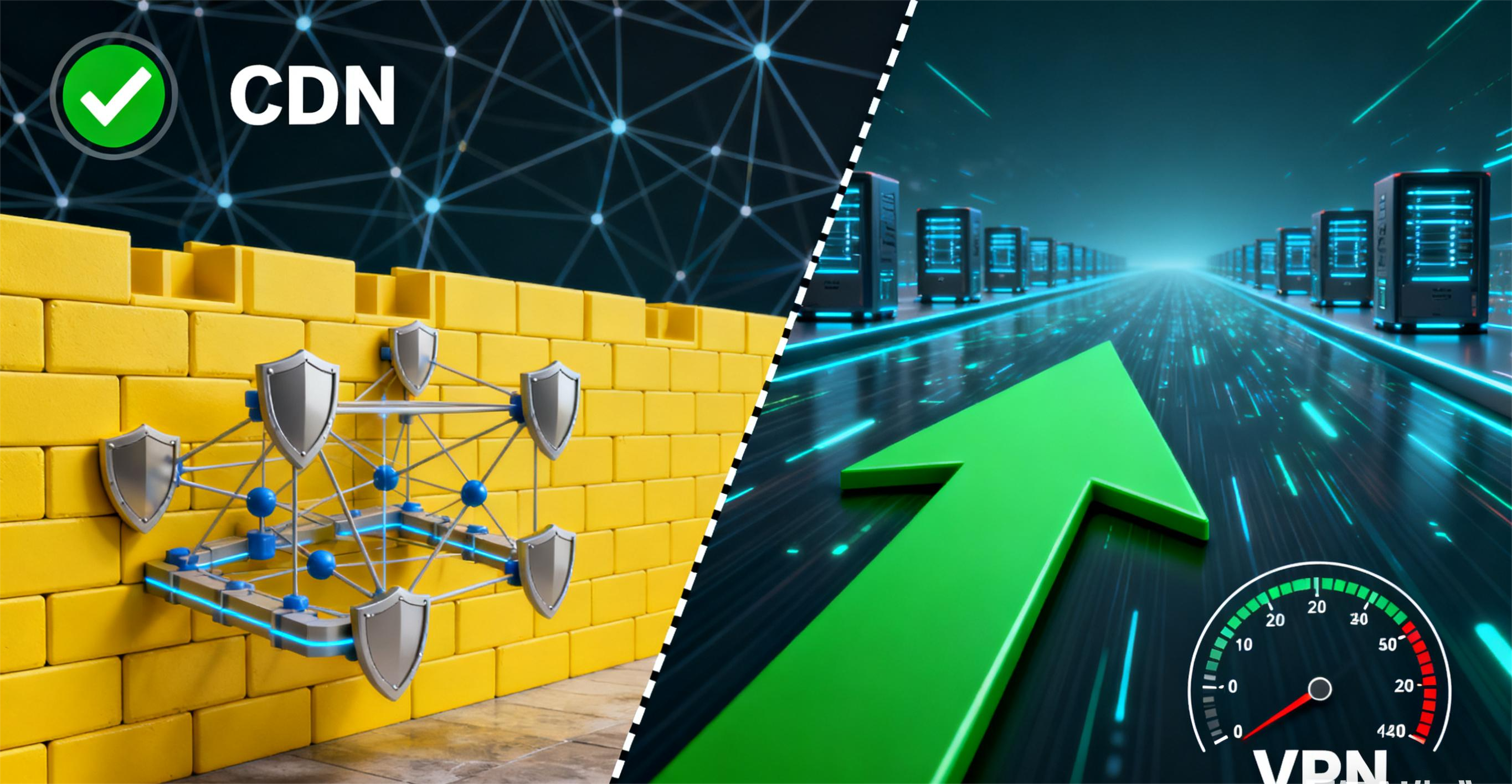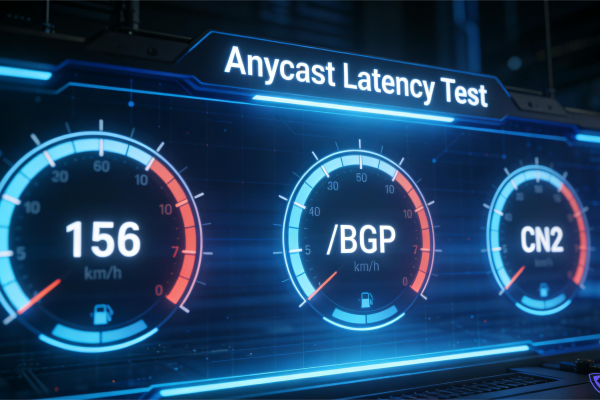Comprehensive Comparison Guide: Differences Between High-Anti DDoS CDN and VPN Acceleration for Online Chess & Card Platforms
Online chess & card platforms often get crippled by DDoS attacks, and VPN acceleration is like a lucky draw (unpredictable)? Must-read for Chinese developers! Break down the core differences between High-Anti DDoS CDN and VPN, explain anti-attack principles, acceleration logic, and selection plans for different stages, and avoid operation & maintenance pitfalls.

Last week at a gathering of Chinese developers in Las Vegas, several guys who run online chess & card platforms gathered around the bar and vented their frustrations to me: “Our servers get crippled by DDoS attacks every day, players complain about lag and disconnections, and using VPN to bypass restrictions for acceleration is like a lucky draw—totally unpredictable...”
Once the conversation started, I realized that too many people confuse High-Anti DDoS CDN with VPN acceleration.
The mistakes I made when working in game operations in Silicon Valley back in the day—today, I must clarify them once and for all.
First, let’s talk about High-Anti DDoS CDN. Essentially, it’s a distributed security army.
Just imagine: hundreds of node servers around the world are scattered like fortresses. When players access the platform, traffic is automatically diverted to the nearest node.
Last year, my Texas Hold'em platform was crashed by a 300G traffic attack, and it was the traffic cleaning center of the High-Anti DDoS CDN that helped me hold on firmly.
Those fake SYN flood packets were filtered out right at the edge nodes, while real player data was transmitted to the origin server via a dedicated line—It’s like setting up 18 security checkpoints at the entrance of a casino; thugs can’t even get near the main hall. 
What about VPN acceleration? It’s more like putting an invisibility cloak on you.
All data packets are encrypted and sent through a single tunnel, directly connecting from your home computer to the target server. I tried connecting from Seattle to a domestic Chinese chess platform once—late at night when the network was fast, the ping could drop to 120ms, but during morning rush hour, it would soar to 380ms in no time.
Even more fatal: when encountering a DDoS attack, the VPN tunnel is like a single-plank bridge hit by a truck—all players get disconnected for sure.
The key difference lies in how they counter attacks. The intelligent scheduling system of High-Anti DDoS CDN is truly cutting-edge technology. Last year, I witnessed it firsthand when a chess & card platform was extorted: attack traffic was diverted to "honey pot nodes," and at the same time, TCP protocol stack reconstruction was activated—hackers couldn’t find the real server IP at all.
What about VPN when facing large-traffic attacks?
There’s no other way but to shut down the server—You can’t expect an encrypted tunnel to turn into a bulletproof vest, right?
Next, let’s talk about acceleration logic. When a player in Los Angeles connects to my Shenzhen server via a regular route, they have to detour through Japan's NTT.
High-Anti DDoS CDN allows players to connect directly to local POP points, then reach Shenzhen via a private backbone network, reducing latency to less than 80ms.
What about VPN? It has to detour to the VPN provider's Hong Kong node first, then transfer to Shenzhen. One extra hop adds 50ms of latency—that half a second difference can drive people crazy when waiting to win a Mahjong game.
Cost traps are even more deadly.
Some small platforms opt for cheap $5/month VPNs to save money, only to find that those IPs have already been marked as high-risk by firewalls. As soon as players log in, they get an "abnormal account" alert, and customer service phones are overwhelmed with calls.
High-Anti DDoS CDN may have a monthly fee starting at $300, but have you considered the revenue loss caused by attacks?
Last month, a platform was down for 6 hours, resulting in a direct loss of $200,000 in revenue—even a fool can figure out this math. 
However, VPN isn't completely useless.
When I helped a Chinese chess & card group in New York with testing last year, we found that: when connecting to public WiFi in a coffee shop, using an enterprise-grade VPN can indeed prevent man-in-the-middle attacks.
But remember to use TLS 1.3 encryption together with it—there are ten times more hackers stealing game data in public networks than thieves in subways.
After all, choosing a solution for a chess & card platform depends on its stage of development. In the startup phase, with few players and weak attacks, Cloudflare's free CDN with port forwarding can work temporarily.
When daily active users (DAU) exceed 5,000? Hurry up and deploy a High-Anti DDoS CDN with intelligent protocol filtering, such as: 高防CDN07
As for VPN, it's more practical to reserve it for operation staff to access backend data.
Remember, guys—preventing DDoS isn't like buying insurance; it's like building a fortress. Spend money on thickening the city walls, not on a fig leaf.
Share this post:
Related Posts

Anycast, BGP, CN2 Direct Connect… What Do These Terms Actually Have to Do with Website Speed?
Confused by terms like Anycast, BGP, and CN2 when trying to speed up your site? This article breaks...

Cheap CDN vs. Premium CDN: What’s the Real Difference? A Straight-Talk Breakdown with Real Tests
As your site grows, you’ll likely notice: cheap CDNs work, but buckle under traffic spikes and attac...

How to Choose a Hong Kong CDN with No ICP Required? Real-World Tests on Speed, Protection & Stability
How to choose a Hong Kong CDN with no ICP filing? We tested real latency, peak-hour stability, origi...
